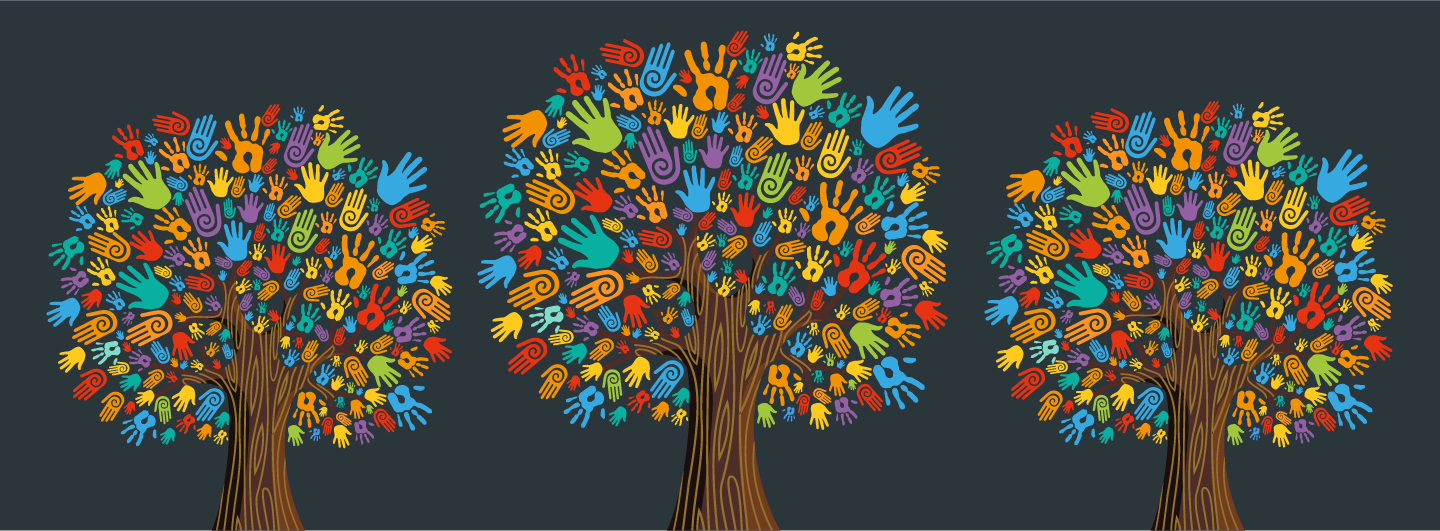It takes more than a quick read through your diversity and inclusion policy to make sure that you and your team are living the values it outlines, and communication is an area where to you can make a real difference to how connected and involved everyone in your organisation feels. It is vital that you are not being too complacent when it comes to your D&I strategy.
Why is inclusive communication so important in the workplace? Our communications, internal and external, are incredibly visible. As a result, they can come to define your organisation’s culture and so must communicate your approach to inclusivity too.
67% of job seekers say a diverse workforce is important when they consider applying for a new role, so how you present yourself through external comms can have an impact on the candidates you attract. Inclusive comms certainly affect business goals too as organisations which showcase diversity as a matter of routine tend to see an increase in customer buy-in too.
If that sounds like a big responsibility, don’t worry. We’ve got five simple ways to make sure your communications are as inclusive as possible.
Confront your own bias
None of us like to think that we are biased, but the truth is that we all are. However, overcoming it is a process which begins with simply acknowledging and identifying your own hidden bias. This can be achieved with straightforward online tests, but you can also move forward by just accepting that no-one is perfect.
Start by developing your understanding of inclusion within your organisation – make this specific to your business, not the generic explanations you’ll find online. Then move forward in every communication keeping that understanding and awareness in mind.
A picture speaks 1,000 words
It’s vital to remember that communications are more than words alone and, though your copy team may not like to admit it, it’s often the images you share which will stick in the mind of your internal and external audiences the longest. Therefore, selecting images which represent the full spectrum of employees at your organisation is vital. And that goes beyond race, gender and disability – think age, body type, even tattoos. Does the image you’re using reflect the people you see at work every day? The same goes for any video content you put out there for the world to see.
Always opt for captions
Captions, subtitles and transcripts are an absolute must when sending out any visual communications. This is a simple fix but makes a huge difference when talking about inclusivity as without captions or alt text on images, for example, anyone using a screen reader cannot access the information they contain.
To make our communications truly inclusive, it’s vital to consider that every single person communicates, and interacts with communications, differently. Therefore, providing more options allows more people to engage and, considering that up to 92% of video is viewed without sound, taking the time to add subtitles makes your comms significantly more accessible to more people.
Use inclusive language
You may not notice when you’re using exclusive language, but the people you are excluding will. For example, using the term ‘guys’ to address a mixed-gender group, perhaps unconsciously, excludes anyone who doesn’t identify as male. Or something as simple as only using team acronyms, rather than full names, might exclude new starters who just don’t know the lingo.
Adapt to suit your audience and, if in doubt, use online tools to determine if your language is inclusive or exclusive. The Conscious Style Guide is a great resource if you’ve had feedback from specific groups as it breaks down exclusive language into categories like age and disability.
Be open and transparent
Transparency is an asset in communications. Being open with your employees and customers alike is key to building a strong relationship, and that remains true whether you’re communicating good news or being frank about your failings.
It’s also vital to be open-minded about whose voices you choose to elevate within your organisation. Inclusivity means all voices should be heard and, done effectively, that can have a huge impact on business. Though 54% of employees feel they don’t get respect from employers, 48% believe it’s the most important factor in a culture of inclusion. So hear your team out, listen to what they have to say and respect their voices. What better way to show that than by letting them have a say in your comms?
Have your say! Answer some quick questions on our diversity and inclusion survey and we'll share the results with you - you may get a big surprise!
Not sure where to start? Our Campaign team are more than happy to help with any communications project, or why not begin with a strategic insights dossier (SID) to discover key areas where your business could work on inclusivity? Email us at anythingspossible@drpgroup.com to get started.








